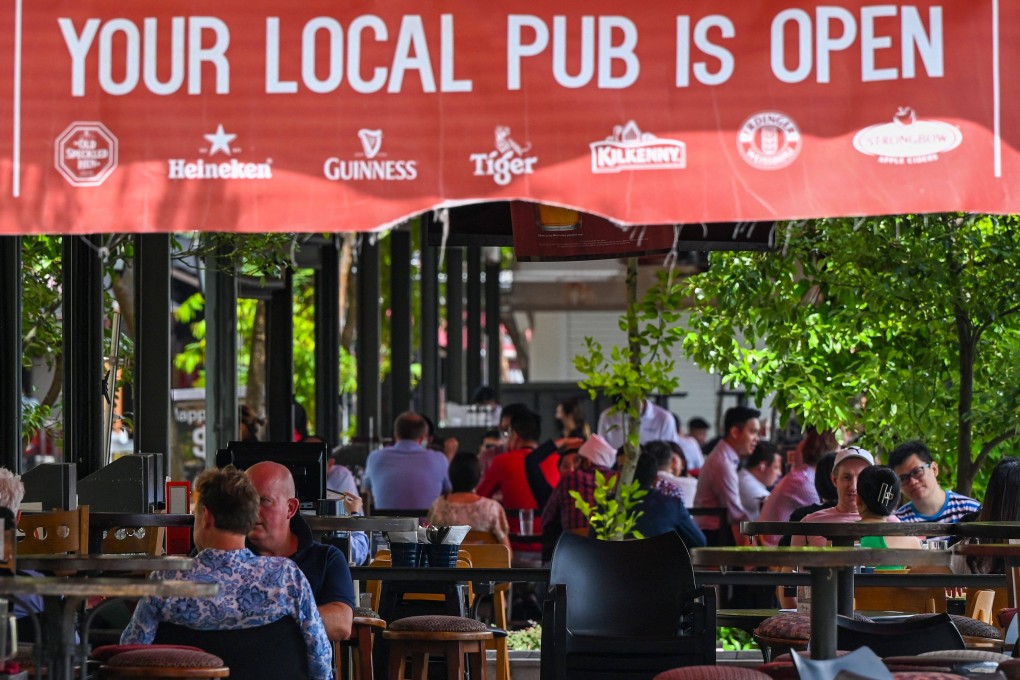Coronavirus Hong Kong: no one size fits all approach to combating pandemic, city leader says, as Singapore reveals broad easing of restrictions
- As Chief Executive Carrie Lam gives daily update on pandemic situation, Singaporean prime minister announces new steps towards living with virus
- Hong Kong reports 13,074 new cases and another 201 deaths related to the virus

Lee described the moves as a signal Singapore was moving closer to living with Covid-19, a strategy sharply at odds with Hong Kong’s insistence on “dynamic-zero” infections.
Hong Kong recorded 13,074 new Covid-19 cases on Thursday, including 7,342 logged online by residents using rapid antigen tests (RAT). Another 201 deaths related to the virus were reported, including 42 backlogged ones. The city’s tally of confirmed cases stood at 1,101,224, with 6,770 deaths since the start of the pandemic.
When asked whether she would follow Singapore’s lead, Lam said the question was “not very meaningful” and her government would “adjust and do whatever is in the best interest” of Hong Kong.
“As I’ve also said on many occasions, the policies and measures to be adopted by each government in combating the Covid-19 epidemic will differ. I don’t think that there’s one size that fits all. I also don’t believe that there are only two pathways,” she said. “That’s why I said that perhaps it’s not very meaningful to ask us to choose whether we’re going for route A or route B.”
As for whether Singapore had snatched the crown as “Asia’s global hub”, Lam argued Hong Kong remained an attractive financial centre and aviation base, as well as “a good place to live and work”.